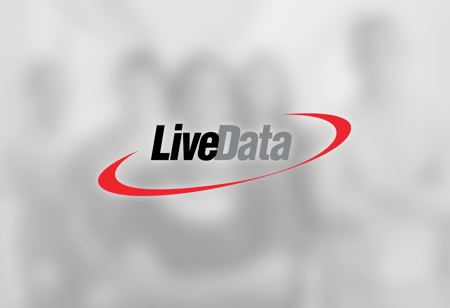Inefficient Scheduling: Practices Harming the Employee Experience

The article you are about to read was published before October 5, 2023, when LGI Healthcare Solutions was still named "Logibec". It is therefore possible that the text or certain images refer to the company's former branding, as well as the former naming of our solutions. Thank you for understanding.
Working in healthcare can be physically and emotionally exhausting simply due to the nature of the work; when you add the stress of changing schedules and short notice call-ins, the exhaustion levels and opportunities for burnout increase exponentially. If you’re operating a healthcare facility, it should be one of your goals to make life in your workplace as streamlined and stress-free as possible so that your employees can stay happy, healthy, and engaged. One of the most commonly overlooked ways to improve the experience for healthcare employees is updating the way facilities perform their staff scheduling.
Multiple, Disparate Communication Channels
With manual scheduling, there are often too many methods of communication between employees and scheduling staff. Schedules are printed out in large format and tacked to the wall; some changes are made through a paper-based request system, some happen in hallway conversations, and yet others are emailed or phoned in to the scheduling office. Not only is this a burden on the scheduling staff, it also makes it incredibly difficult for employees to know how to submit their change requests and whether or not the changes have been approved and placed into effect. Instead of this patchwork system, consider instead a single employee portal where your healthcare staff can see their real-time up-to-date schedules, request changes, submit leave requests, initiate shift swaps, and send messages, all from their mobile devices. Having this sort of access to their work schedules close at hand can lead to a stronger work-life balance for your employees and give them the satisfaction of seeing where their requests are.
Manual Time and Attendance Tracking Systems
Another flaw in manual scheduling systems is the increased effort and attention required when it comes to payroll processing. When employees don’t receive the correct pay and have to take measures to correct it, they become frustrated and disinterested in doing anything ‘extra’ that might cause similar problems in future. Many healthcare organizations with manual scheduling are also using manual time and attendance tracking systems where employees sign in and out on a clipboard, making it difficult to spot discrepancies or variances. A system with time and attendance tracking ensures that variations are flagged for schedulers and managers to review and approve or modify, meaning that by the time the approved entries reach the payroll system they have been thoroughly vetted and should be correct.
Binder of Agreements and Rules
In addition to this, healthcare organizations are often staffed with people from a combination of unions, like CUPE or nursing unions, each with their own collective bargaining agreements and rules about scheduling commitments and overtime. Many facilities using manual scheduling keep these agreements and rules in binders that they refer to whenever a change is made, which can lead to mismatched scheduling decisions like booking someone in back-to-back shifts or not offering an overtime shift to the employee with the most seniority. These errors can be costly, because in many cases if an affected employee files a grievance, the healthcare organization can end up paying double.
Where to Start?
Overall, a digital scheduling system can help improve the work lives and stress levels of healthcare employees by removing or reducing many of the pitfalls that manual, paper-based scheduling contains.
Learn More by Downloading our Recorded Webinar
Want to learn more about what motivated Canadian healthcare organizations to invest resources into implementing healthcare-specific staff scheduling solutions? We encourage you to download our recorded webinar, The Increasing Need for Healthcare-Specific Staff Scheduling Solutions, to gain insights into ways your organization can improve its schedule management processes to the benefit of both staff and patients.






